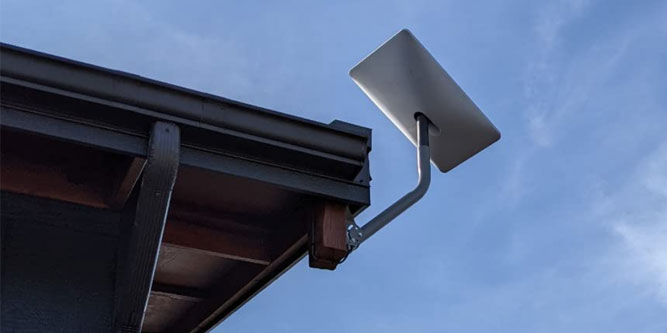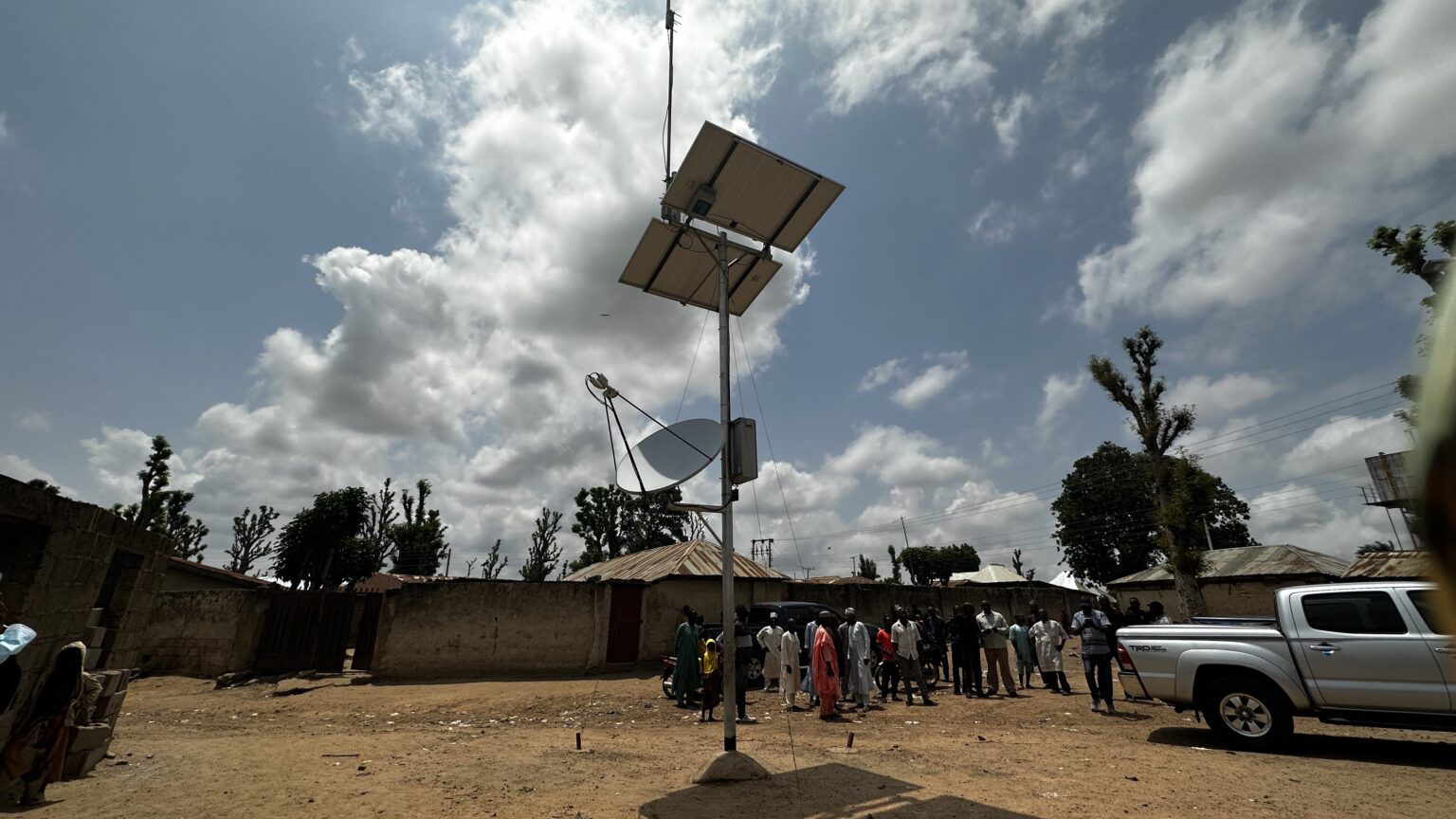
Africa Mobile Networks (AMN) and Starlink have partnered up to enhance mobile connectivity by allowing Mobile Network Operators to use Starlink’s satellite network as a backbone link for base stations in remote areas. This is essentially one of the first practical cases of Non-Terrestrial-Networks which is a big deal and this is how.
How traditional mobile networks work
In a traditional mobile network, you have a Base Transceiver Station (BTS) but you are familiar with it being referred to as a base station. This is what your device with a sim card connects to for mobile internet, calls, or sms.
This BTS connects to a Base Sation Controller (BSC) which manages multiple BTSs so in essence the BTS is a slave of the BSC. The BSCs then report to the Mobile Switching Centre (MSC) which then routes traffic into and out of the network, so an MSC will facilitate the exchange of traffic between 2 different networks, for example, traffic between Econet and NetOne.
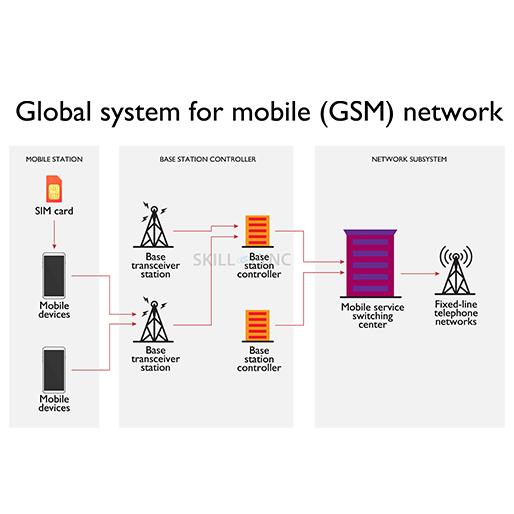
For all this to work, all the BTSs, BSCs, and MSCs are connected by terrestrial links which can be high-capacity optic fiber cables or microwave radio links. When we say backbone links, these are the links we are referring to.

Cost Aspect
Setting up these backbone links costs money and so to produce an economical network, there is a preference by network operators to have as many developments or settlements as possible along the backbone link for the cost to be offset by paying customers located between big population clusters.
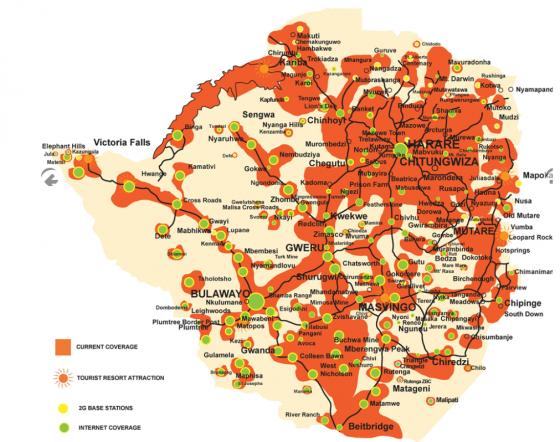
Because of this, you will notice that very small population clusters remotely located and outside of a backbone link usually have little to no mobile network coverage. A network operator will look at the cost of providing service there, the setup and maintenance of the site, and the time it will take to recoup that investment and if the math does not add up, they will not put service there.
Where Starlink comes in
What AMN is looking to do is to be able to remove the need for setting up these fiber or microwave radio backbone links and just route all voice and data traffic from a BTS to a BSC using the Starlink satellite network. This eliminates the cost of setting up terrestrial backbone links and all the operational expenses associated with running and maintaining these links leaving the only cost being the BTS itself.
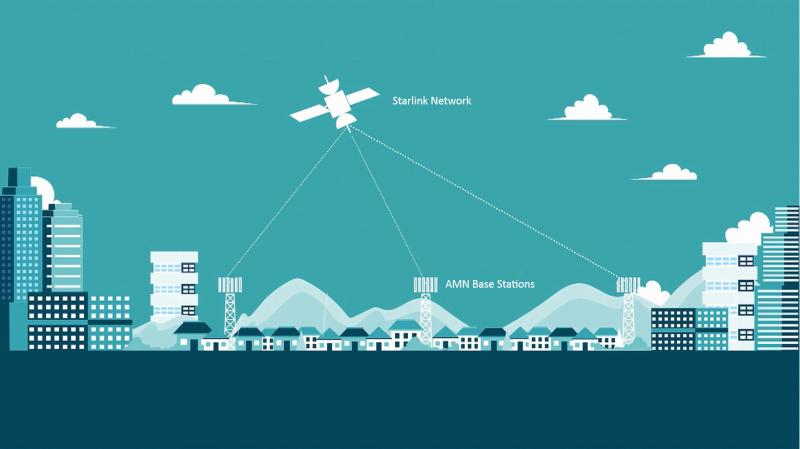
It will also vastly reduce the turnaround time to get a BTS set up because the greater portion of setup time is actually laying these backbone links for the BTS to be connected to the rest of the network. It will also vastly increase the flexibility of where a BTS can be placed.
Who is AMN?
Africa Mobile Networks (AMN) is a group of companies providing Network As A Service (NaaS). They provide managed mobile network infrastructure for MNOs in remote parts of Africa which these MNOs might not be incentivized to cover for economic reasons.
AMN will set up and manage the infrastructure and MNOs can run their network through them eliminating the costs and logistics associated with an MNO setting up the network themselves. Currently, AMN provides its service in 14 African countries and is working on adding 6 more to that list. Zimbabwe is not yet part of that list if anyone was wondering. They have also deployed over 3000 base stations across the continent.
Their business model revolves around providing mobile network coverage in remote areas that lack mobile coverage. A suitable site for their service is a settlement with no existing mobile network coverage and a population of 1000 or more. They also offer a full suite of connectivity from 2G to LTE, voice, data, and SMS.
In a number of African countries, AMN partnered up with Orange as the ISP that will be providing mobile services which has a presence in 13 African countries. And on the base stations themselves, AMN was making use of VSAT satellites to connect remote base stations to the rest of the network.
Traditional VSAT has limited bandwidth and very high latency which could have been the bigger motivation for them to get access to the LEO satellite network that Starlink has. I think this could be an interesting case study on how Starlink’s satellite network and others like it can be used to expand mobile connectivity in Africa at a much faster rate.-techzim

